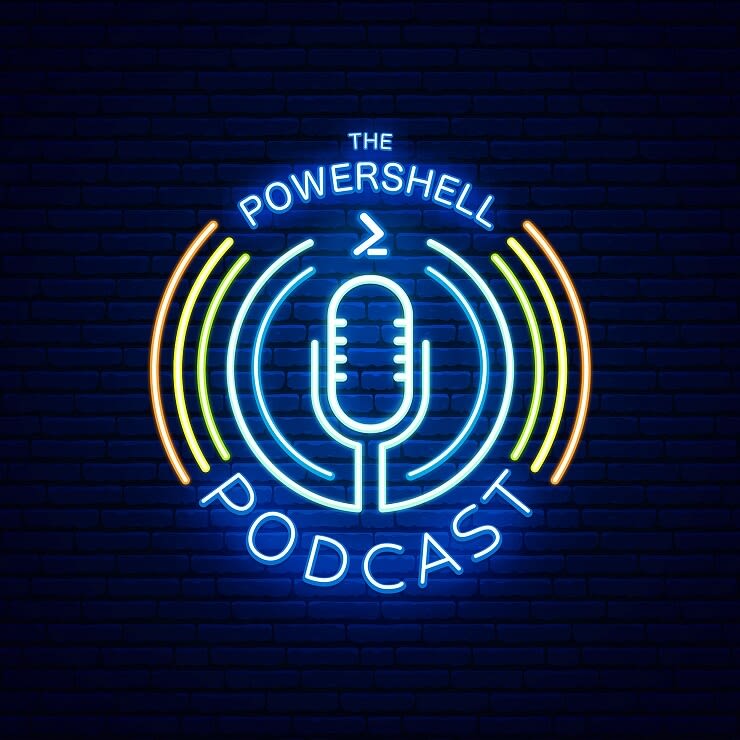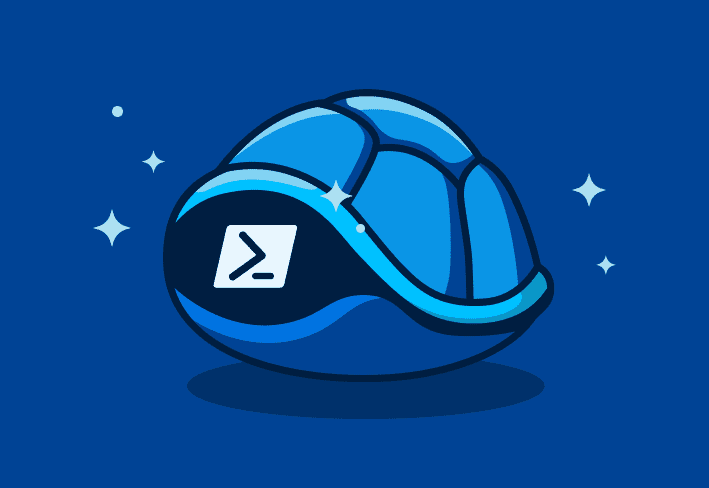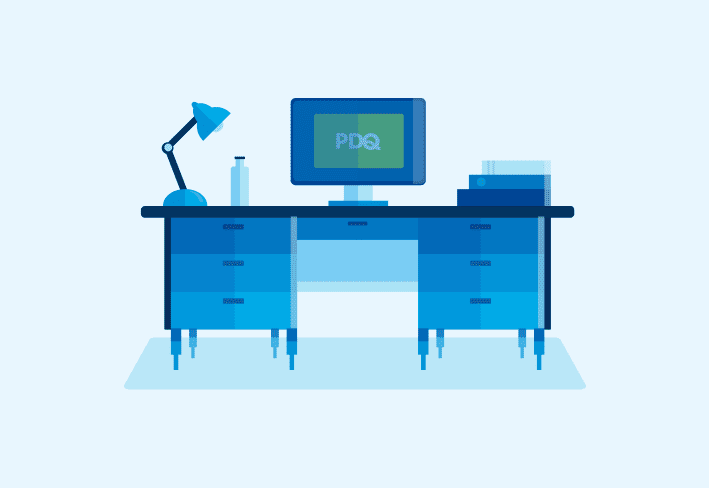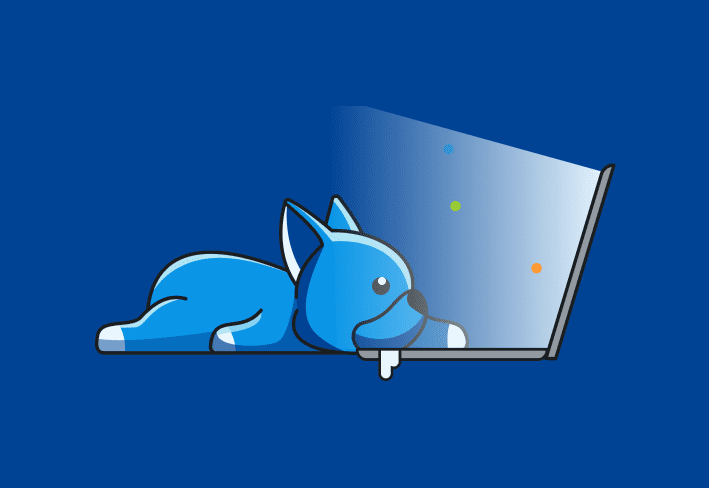To automate tasks tied to a user's profile, you can use PowerShell or Group Policy. This guide explains when to use each method and how to schedule tasks step by step with PowerShell.
How to choose between Group Policy and PowerShell for task scheduling
If you have access to Group Policy, use it. Group Policy is ideal for running scripts at user logon or logoff and centrally managing user environments. And since these scripts are stored and managed centrally, you don’t have to track them across multiple machines.
Group Policy is best when you want to:
Run scripts at logon or logoff that affect the user’s profile
Manage scripts centrally across multiple machines
Avoid manual task creation or custom schedules
But not everyone has access to Group Policy. If that’s the case, PowerShell helps you achieve a similar outcome by creating scheduled tasks.
Key PowerShell commands for scheduled tasks
Use PowerShell to create scheduled tasks when Group Policy isn't available. PowerShell’s command structure is straightforward, with commands following the pattern:
Verb-Noun
To list available commands related to scheduled tasks, you can use:
Get-Command *ScheduledTask*
Use these PowerShell cmdlets to build a scheduled task:
New-ScheduledTaskAction:Defines the script or command the task runsNew-ScheduledTaskPrincipal: Sets the user or system contextNew-ScheduledTaskTrigger: Schedules when the task runsNew-ScheduledTaskSettingsSet: Adjusts behavior like repetition and delayRegister-ScheduledTask: Combines and registers the full task

PowerShell power user?
Check out The PowerShell Podcast: a weekly exploration of tips and tricks to help you step up your PowerShell game.
How do you build a scheduled task with PowerShell?
Follow these five steps to create a scheduled task with PowerShell.
1. Define the action
Use New-ScheduledTaskAction to set what the task does (e.g., run a script):
$action = New-ScheduledTaskAction -Execute "powershell.exe" -Argument "C:\Scripts\MyScript.ps1"2. Set the trigger
Use New-ScheduledTaskTrigger to define when it runs (logon, specific time, or interval):
$trigger = New-ScheduledTaskTrigger -AtLogonYou can also create a trigger that runs at a specific time:
$trigger = New-ScheduledTaskTrigger -Once -At 7amIf you want the task to repeat, simply add a repetition interval:
$trigger.Repetition = New-ScheduledTaskTrigger -RepetitionInterval (New-TimeSpan -Minutes 30)3. Specify the principal (run as)
Use Register-ScheduledTask to finalize and apply the task:
$principal = New-ScheduledTaskPrincipal -UserId "SYSTEM" -LogonType ServiceAccount -RunLevel HighestIf you need it to run as the logged-in user, use this:
$principal = New-ScheduledTaskPrincipal -GroupId "Users"4. Set task settings
Use New-ScheduledTaskSettingsSet to configure repetition, delay, or on-demand options:
$settings = New-ScheduledTaskSettingsSet -AllowStartIfOnBatteries -DontStopIfGoingOnBatteries5. Create and register the task
Use Register-ScheduledTask to finalize and apply the task:
Register-ScheduledTask -TaskName "MyUserProfileTask" -Action $action -Trigger $trigger -Principal $principal -Settings $settingsWhy use a random delay?
A random delay prevents tasks from running at the same time across machines, reducing load spikes and network congestion.
See the code block below for an example.
$trigger.Delay = (New-TimeSpan -Minutes (Get-Random -Minimum 5 -Maximum 15))What are real-world use cases for scheduled tasks?
1. Removing per-user software
Here's an example PowerShell script:
# Define a whitelist of apps to keep
$whitelist = @("Microsoft.Paint", "Microsoft.Calculator")
# Get installed Appx packages
$appxPackages = Get-AppxPackage -AllUsers
# Remove unwanted packages
foreach ($app in $appxPackages) {
if ($app.Name -notin $whitelist) {
Remove-AppxPackage -Package $app.PackageFullName -AllUsers
}
}2. Running custom logon tasks
If you need to apply configuration changes, map network drives, or perform other tasks when a user logs in, a scheduled task can handle these operations automatically.
Important considerations
Before deploying scheduled tasks, keep these in mind:
Run level: Ensure that the task runs with the appropriate permissions, especially if modifying system settings.
Error handling: Consider adding logging or error handling to capture failures or unexpected behavior.
Testing: Always test tasks on a few machines before deploying them across your environment.
If you can use Group Policy, it’s the easiest and most reliable way to manage user-specific actions. But for environments where Group Policy isn’t available, PowerShell scheduled tasks provide a powerful alternative. By using well-defined actions, triggers, and principals, you can automate tasks and manage user environments effectively.
If you’re looking for an even simpler way to manage tasks, PDQ Connect streamlines deployments and scheduled tasks across your organization. Try PDQ Connect free for 14 days to see how easy device management can be.
Loading...




